Ask Ethan: Could The Energy Loss From Radiating Stars Explain Dark Energy?
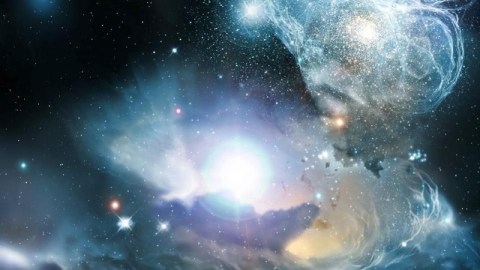
The accelerated expansion of the Universe is one of the greatest puzzles today. Could this out-of-the-box idea explain it without dark energy?
When it comes to our quest to understand the Universe, there are mysteries out there that no one knows the solution to. Dark matter, dark energy, and cosmic inflation, for example, are all incomplete ideas, where we don’t know which type(s) of particles or fields are responsible for them. It’s even possible, although most of the top professionals don’t think it’s likely, that one or more of these puzzles might have an unconventional solution that isn’t what we’re expecting at all.
For the first time in Ask Ethan history, we’ve got a question from a Nobel Laureate — John Mather — who wants to know if stars, by virtue of converting mass into energy, might be responsible for the effects we attribute to dark energy:
What happens to the gravity produced by the mass that is lost, when it’s converted by nuclear reactions in stars and goes out as light and neutrinos, or when mass accretes into a black hole, or when it’s converted into gravitational waves? […] In other words, are the gravitational waves and EM waves and neutrinos now a source of gravitation that exactly matches the prior mass that was converted, or not?
This is a fascinating idea. Let’s take a look at why.
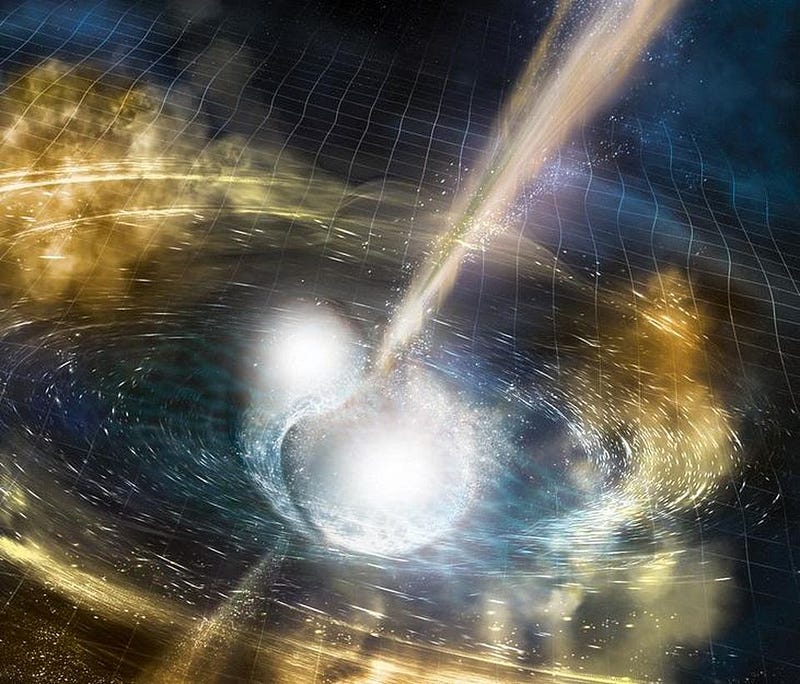
In Einstein’s theory of General Relativity, there are only a few ways we can model the Universe that give us exact solutions. Make a Universe with nothing in it? We can describe spacetime exactly. Put down a single mass anywhere in that otherwise empty Universe? It’s much more complicated, but we can still write down a solution. Put down a second mass somewhere else in that Universe? It’s unsolvable. All you can do is make estimates, and try and arrive at a numerical answer. This maddeningly difficult property of spacetime, that it’s so hard to characterize exactly, is why it’s taken such tremendous computing power, theoretical work, and so much time in order to properly model the merging black holes and neutron stars that LIGO has seen.

One of the few cases we can solve exactly is where the Universe is filled with an even amount of “stuff” everywhere and in all directions. It doesn’t matter what that “stuff” is. It could be a collection of particles, a fluid, radiation, a property inherent to space itself, or a field with the right properties. It could be a mix of a bunch of different things, such as normal matter, antimatter, neutrinos, radiation, and even the mysterious dark matter and dark energy.
If this describes your Universe, and you know how much of each of these different quantities there are, all you need to do is measure the expansion rate of the Universe. Do that, and you immediately know how the Universe expanded over its entire history, including its future history. If you know what the Universe is made of and how it’s expanding today, you can figure out the fate of the entire Universe.
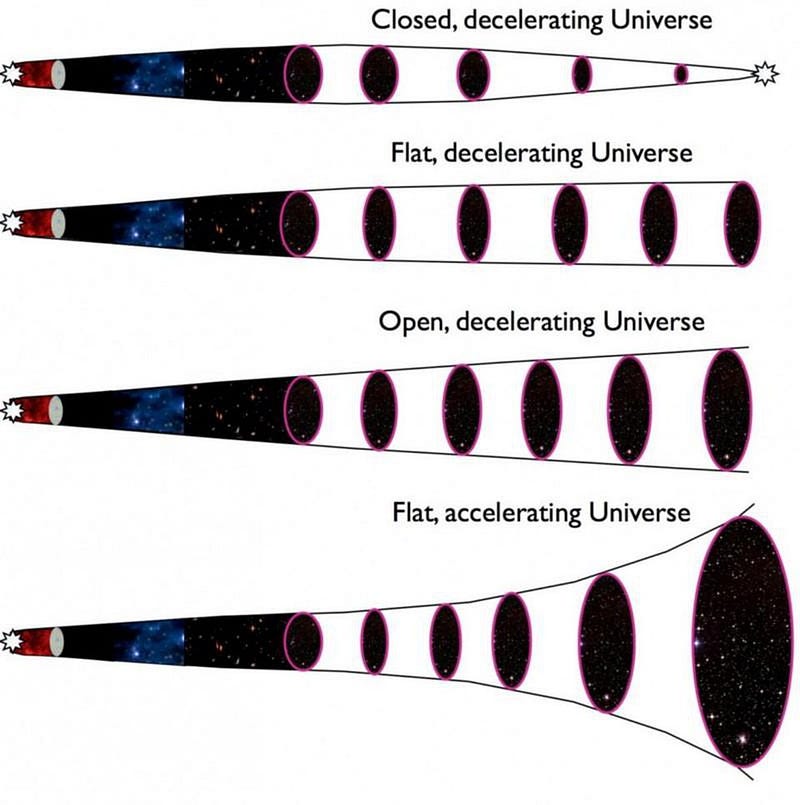
When we do this figuring based on the Universe we observe today, we arrive at a Universe that’s made of:
- 68% dark energy,
- 27% dark matter,
- 4.9% normal matter,
- 0.1% neutrinos,
- 0.01% radiation,
and a negligible amount of everything else: curvature, antimatter, cosmic strings, and anything else you can imagine. The total uncertainty on all of these, combined, is less than 2%. We also learn the fate of the Universe — that it will expand forever — and the age of the Universe: 13.8 billion years since the Big Bang. It’s a remarkable achievement of modern cosmology.
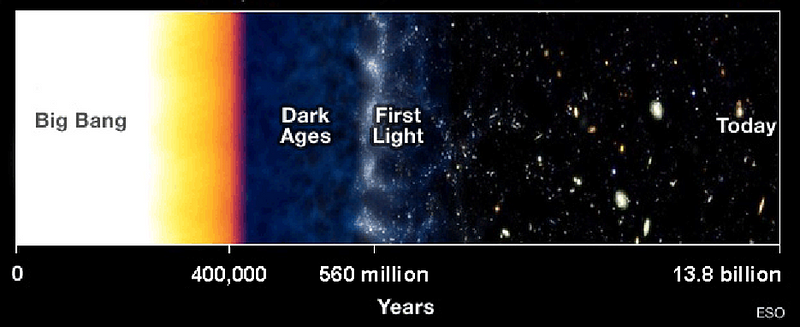
But this assumes that we can approximate the Universe the way we modeled it: with a smooth, even amount of stuff everywhere and in all directions. The real Universe, as you probably noticed, is clumpy. There are planets, stars, clumps of gas and dust, plasmas, galaxies, clusters of galaxies and great cosmic filaments connecting them. There are enormous cosmic voids, sometimes stretching billions of light years across. The mathematical word for a perfectly smooth Universe is homogeneous, and yet our Universe is remarkably inhomogeneous. It’s possible that our assumption that led us to this conclusion is all wrong.
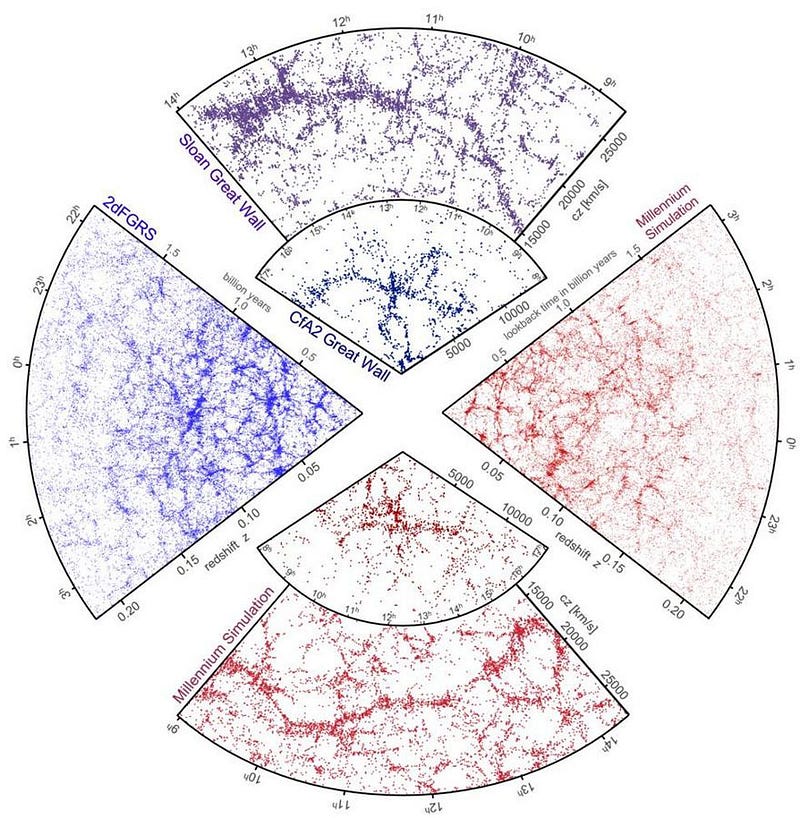
On the largest scales, though, the Universe is homogeneous. If you look at a small scale, like that of a star, galaxy, or even a cluster of galaxies, you’ll find that you have regions that are both way below and way above the average density. But if you look at scales that are closer to 10 billion light years (or more) on a side, the Universe appears roughly the same everywhere, on average. On the largest scales, the Universe is over 99% homogeneous.
Thankfully, we can quantify how good (or not good) our assumption is by calculating the effects of the inhomogeneities atop this large-scale homogeneous background. I did this for myself back in 2005, and found that the inhomogeneities contribute less than 0.1% to the expansion rate, and they don’t behave like dark energy. You can see this for yourself if you like.
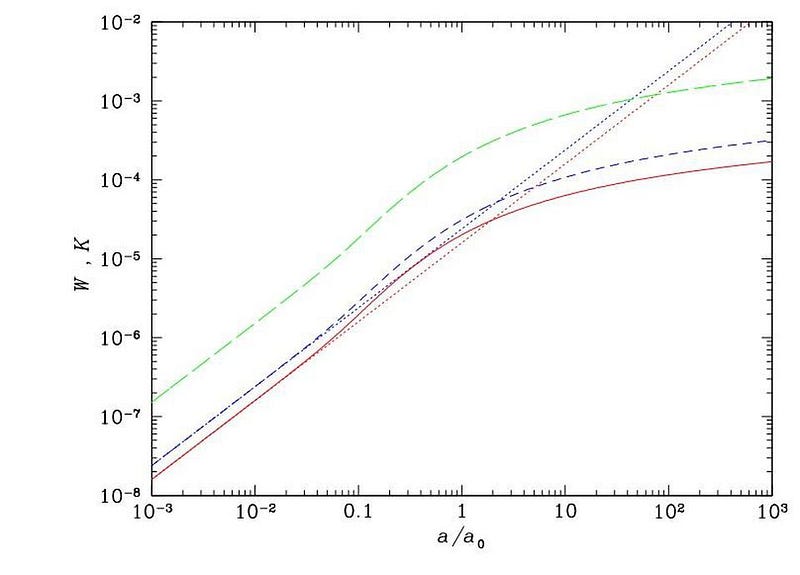
But a related possibility is that certain types of energy can transform from one type into another over time. In particular, owing to the
- burning of nuclear fuel inside stars,
- gravitational collapse of clouds into contracted objects,
- mergers of neutron stars and black holes,
- and the inspiraling action of many gravitational systems,
matter, or mass, can transform into radiation, or energy. In other words, it’s possible to change how the Universe gravitates, and therefore, how it expands (or contracts) over time.
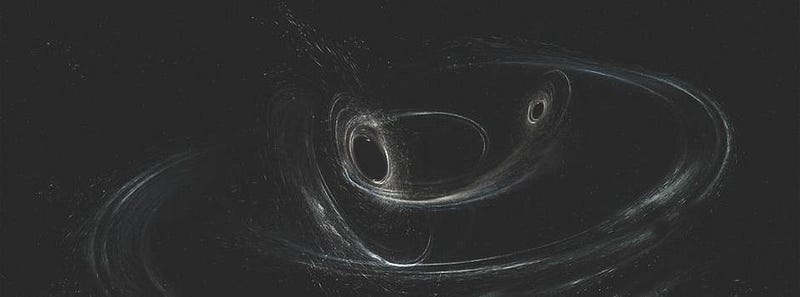
When two black holes merge together, for example, a significant fraction of mass can be converted into energy: up to about 5%. In the first black hole-black hole merger detected by LIGO, a black hole of 36 solar masses and a black hole of 29 solar masses merged together, but produced a single black hole whose final mass was only 62 solar masses. What happened to the other 3 solar masses? They were converted into pure energy, in the form of gravitational waves, by Einstein’s E = mc².
The question, then, becomes how a change from mass into radiation affects the expansion of the Universe? According to a recent paper by Nick Gorkavyi and Alexander Vasilkov, they claim that it can generate a repulsive, anti-gravitational force.
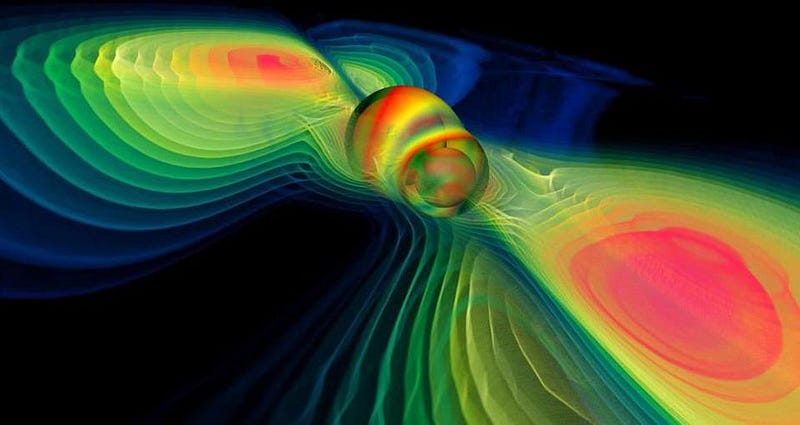
Unfortunately, this claim is based in what only appears to be anti-gravity. When you have a certain amount of mass, you experience a certain amount of gravitational attraction towards that mass: this is equally true in both Einstein’s and Newton’s theory of gravity. If you transform that mass into energy and it radiates outward at the speed of light, like all massless radiation, then when that radiation passes by you, you’ll suddenly see less mass to be attracted to.
The curvature of spacetime changes, and where you once experienced gravitational attraction of a certain amount, you’ll now experience attraction that’s 5% less. It’s equivalent, mathematically, to adding a repulsive, anti-gravitational force to your system. But in reality, you’re experiencing the reduced attraction because you turned mass into energy, and radiation gravitates differently (especially once it passes you by) than matter does.. This has been stated quite clearly.
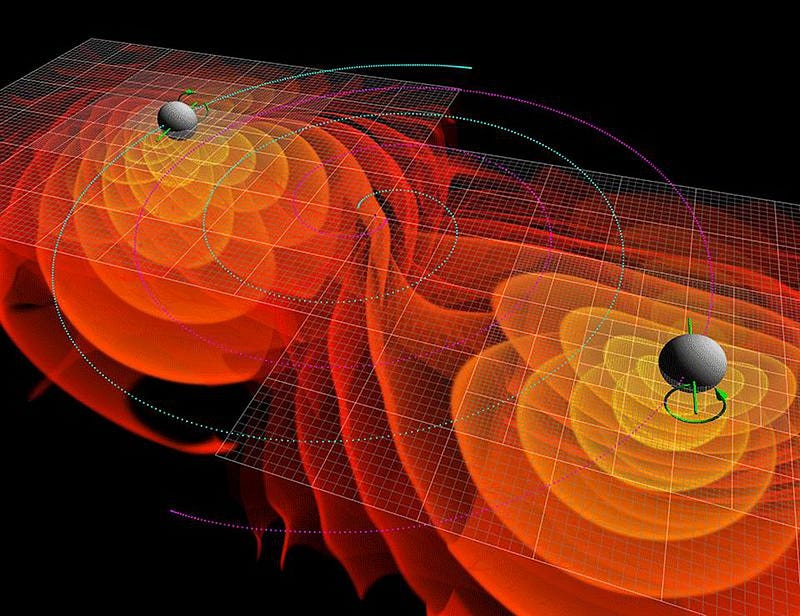
In fact, we can go a step further and calculate how this transformation affects the entire Universe! We can quantify both how gravitational waves contribute to the energy density of the Universe and how much of the Universe’s energy is in the form of radiation of all types. Like mass, radiation is quantized, so that as the volume of the Universe increases (by a factor of distance cubed), the particle density decreases (by a factor of one over the distance cubed). But unlike mass, radiation has a wavelength, and as space expands, that wavelength drops as one over the distance as well; radiation becomes less gravitationally important faster than matter does.
Another thing that you’d need to do is have the correct equation-of-state. Matter and radiation both evolve over time as stated above, but dark energy keeps a constant density throughout all of space as the Universe expands. As we move forward in time, this problem only gets worse; dark energy becomes more dominant while matter and radiation both become less and less important.
Not only do matter and radiation both result in an attractive force and a decelerating Universe, but neither one can come to dominate the energy density of the Universe so long as it keeps expanding.
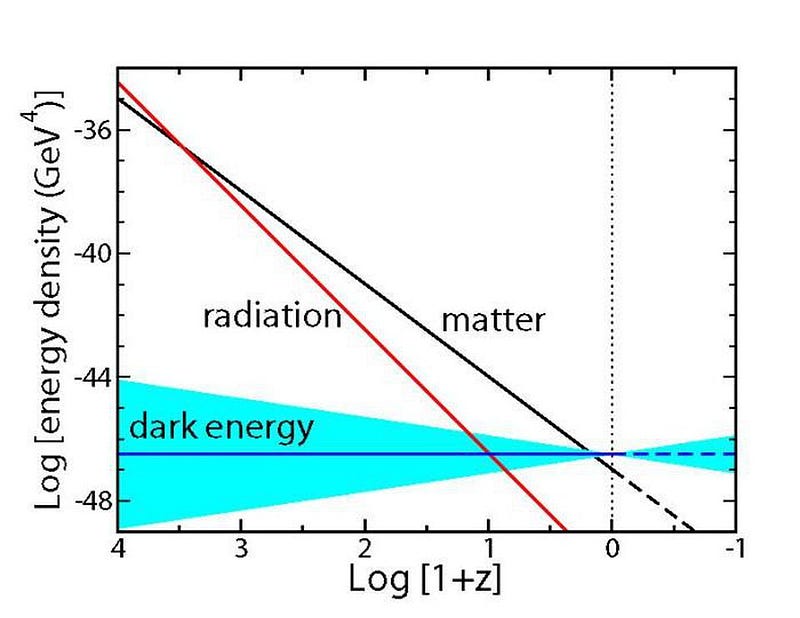
If you want to create a Universe where you have an accelerated expansion, to the best of our knowledge, you require a new form of energy over the ones we presently know about. We have given a name to it, dark energy, even though we aren’t 100% sure what the nature of dark energy truly is.
However, despite our ignorance in that realm, we can very clearly state what dark energy isn’t. It isn’t stars burning through their fuel; it isn’t matter emitting gravitational waves; it isn’t due to gravitational collapse; it isn’t due to mergers or inspirals. It’s possible that there’s a new law of gravity that will eventually replace Einstein, but in the context of General Relativity, there’s no way to explain what we observe with the physics we know today. There’s something truly new to discover out there.
Send in your Ask Ethan questions to startswithabang at gmail dot com!
Ethan Siegel is the author of Beyond the Galaxy and Treknology. You can pre-order his third book, currently in development: the Encyclopaedia Cosmologica.




